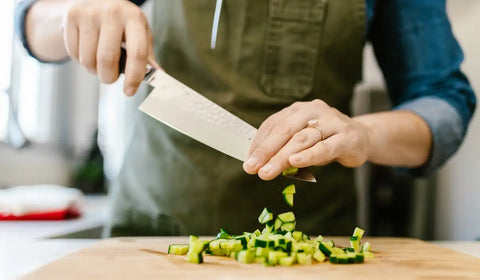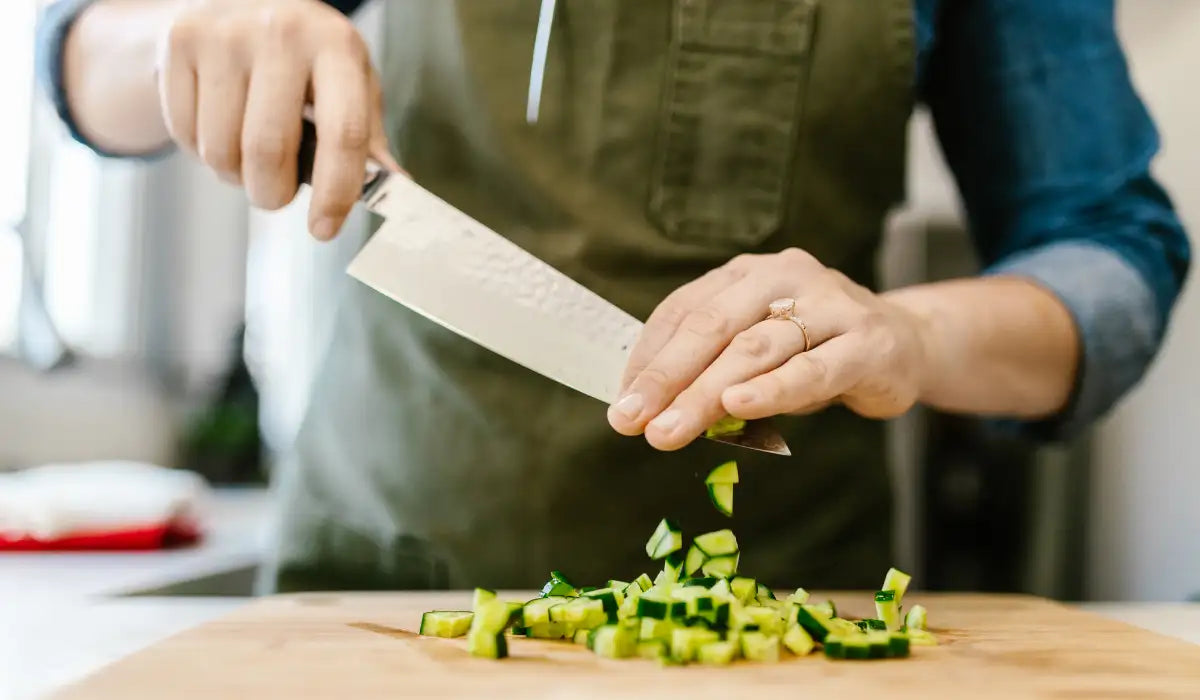Master Essential Knife Skills Every Home Cook Should Know
Mastering essential knife skills is crucial for every home cook. These skills ensure safety in the kitchen and enhance your efficiency and precision during food preparation. Whether chopping vegetables or slicing meat, understanding proper techniques can significantly elevate your cooking experience. Let’s explore the key knife skills every home cook should master.
Selecting the Right Knife
Choosing the correct knife is the first step toward mastering essential knife skills. Different types of knives are designed for various tasks in the kitchen. Here are some of the must-have knives for every home cook:
- Chef’s Knife: This versatile knife is ideal for chopping, slicing, and dicing ingredients.
- Paring Knife: Great for peeling and intricate cutting tasks.
- Serrated Knife: Perfect for cutting bread and delicate foods like tomatoes.
- Utility Knife: A smaller, all-purpose knife suitable for everyday tasks.
Investing in a good quality knife set will lay the foundation for your culinary adventures. A well-balanced chef’s knife can significantly improve your cutting skills.
Knife Maintenance
Proper care for your knives ensures they remain sharp and safe to use. Always wash and dry your knives after use to prevent rust and dullness. Regularly honing your knives with a honing rod keeps the edge aligned. Additionally, store your knives safely in a block or magnetic strip to avoid accidents and maintain the integrity of the blades.
Essential Knife Grips
Using the right grip is fundamental to mastering knife skills. One of the best grips is the pinch grip, where your thumb and index finger pinch the blade, and your other fingers wrap around the handle. This grip provides excellent control and stability, making it easier to navigate your cuts accurately.
Safety First: The Claw Grip
Your non-dominant hand also plays a crucial role in safety. Using the claw grip, tuck your fingertips under while using your knuckles as a guide for the knife. This technique protects your fingers from accidental cuts and allows for more precise cutting.
Remember to place a damp cloth under your cutting board to keep it stable. This simple step prevents it from slipping during use, enhancing safety when you're engaged in food preparation.
Basic Cutting Techniques
Mastering three basic cutting techniques - slicing, dicing, and mincing - is essential. Each technique serves a different purpose in food preparation.
Slicing: The Art of Even Cuts
Slicing requires a smooth motion to cut food into even, thin pieces. Use a gentle back-and-forth motion for soft foods like tomatoes and a downward motion for firmer vegetables like carrots. Consistent slicing ensures uniform cooking, which is crucial for certain recipes.
Dicing: Creating Uniform Cubes
To dice effectively, start by slicing the ingredients into even planks, stacking those planks, and then cutting them into strips. Finally, slice across the strips to create small, uniform cubes. Diced vegetables cook evenly, contributing to a balanced dish.
Mincing: Does it Get Any Finer?
Mincing is all about chopping foods into tiny pieces, perfect for garlic, herbs, and other ingredients. Use the rocking motion of your knife to chop quickly while keeping the tip anchored. Regular practice will help you achieve the precision needed for such delicate tasks.
Advanced Techniques: Elevating Your Skills
Once you're comfortable with basic cutting, you can introduce advanced techniques like julienne, chiffonade, and brunoise. These methods add a professional touch to your dishes and enhance flavor presentation.
Julienne: Matchstick Cuts
The julienne technique involves cutting vegetables into thin strips, resembling matchsticks. This cut is commonly used in stir-fries and salads, providing both texture and visual appeal. To julienne, start by making even, thin slices, then stack and cut into strips.
Chiffonade: Perfect Ribbons for Herbs
Chiffonade is used primarily for herbs and leafy vegetables. Layer the leaves, roll them tightly, and slice thinly across the roll. This method is perfect for garnishing and adding fresh flavors without bruising the greens.
Conclusion: Practice Makes Perfect
Mastering essential knife skills is a journey that enhances your cooking experience. The right knife, grip, and cutting techniques significantly improve your efficiency and safety in the kitchen. By practicing slicing, dicing, and more advanced techniques, you will feel more confident and capable in your culinary pursuits. Remember, the key to improvement is consistent practice and patience. So grab your chef’s knife, and start honing those skills today!
Frequently Asked Questions
As you begin your knife skills journey, here are some common questions that may arise:
How often should I sharpen my knives?
Regularly sharpen your knives depending on usage. For daily cooks, sharpening once a week is ideal, while for less frequent usage, once a month may suffice.
What’s the best way to store knives?
Store knives in a knife block, on a magnetic strip, or in protective sleeves to keep them sharp and prevent accidents.
How can I improve my knife skills?
Practice regularly, watch instructional videos, and start with basic techniques before moving on to more advanced cuts. Patience and consistent effort will yield results!


